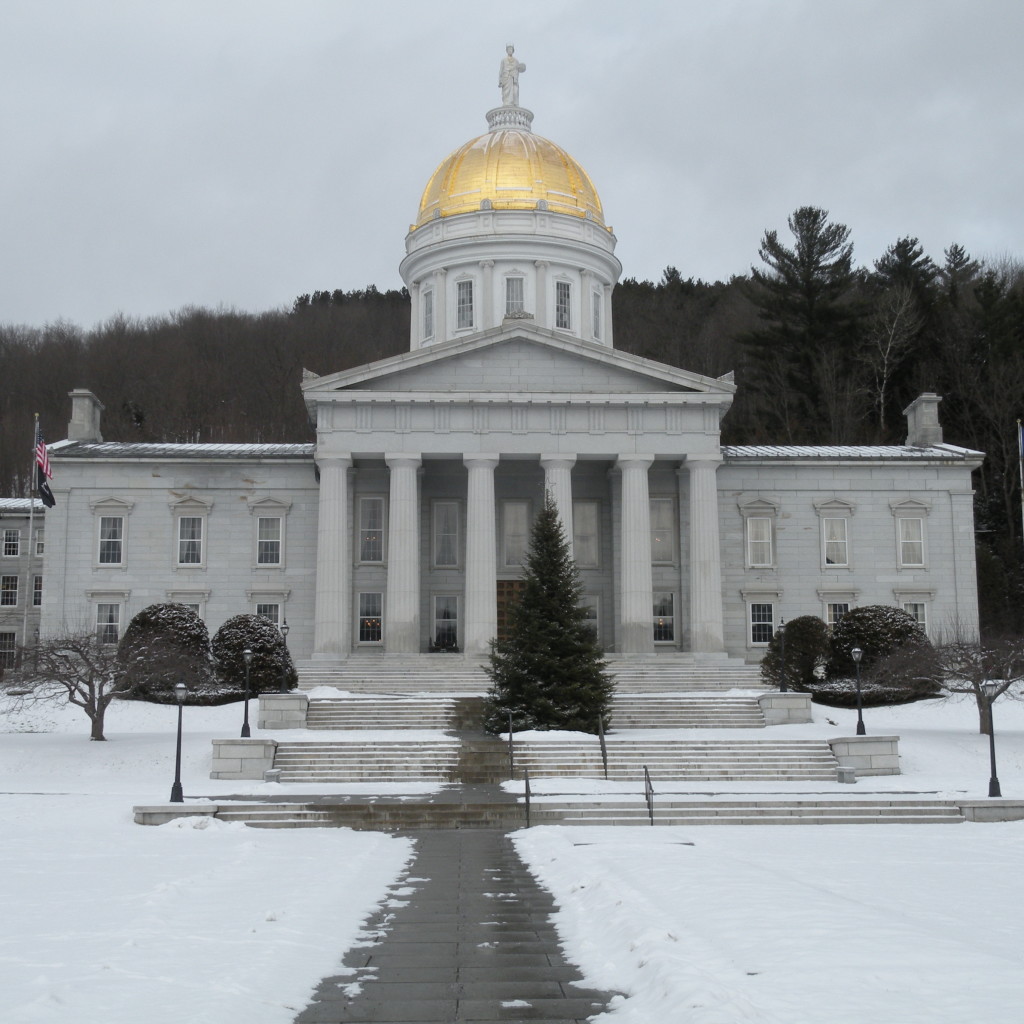Clean Heat is a Win-Win
In 2008, Vermont set a goal of weatherizing 80,000 homes by 2020. But having failed to make the investment necessary to reach that goal, our state today is on a path to fall woefully short on weatherization. To make matters worse, the rising price of fossil fuels means the typical Vermonter (and Vermont as a whole) spends more than twice as much to stay warm than a decade ago, meaning hundreds of millions of dollars are now leaving the state every year to pay for these fuels.
Tackling our heating efficiency and dirty energy problems together means seizing on the chance we have this year to change how Vermont stays warm in the winter—an opportunity that goes way beyond weatherizing 80,000 homes.
Over the past nine months, VPIRG has participated in a state-convened Thermal Efficiency Task Force to develop a plan that will put us back on the path to reaching our weatherization goals, save Vermonters over $1.5 billion, and help Vermont families and businesses to switch to clean, local sources of heat like solar hot water, geothermal and wood pellets. By making it possible for more Vermonters to cut their fuel bills and carbon pollution at the same time, Vermont could drastically cut its need to import dirty, expensive energy to heat Vermont’s homes and businesses, and keep much of the money we do spend in our local economy.
By looking to Vermont’s own farms, forests and internationally-recognized efficiency expertise for clean heating solutions, Vermont has the chance to finally grasp the clean heat solutions that have been within reach for years.
Click here to learn more about the Clean Heat campaign.
Defending Clean, Renewable Wind Energy
With storms like Irene and Sandy still fresh in our minds, and 2012 having broken all sorts of records for heat, drought, wildfires and other extreme weather, this is no time to rollback our commitment to clean energy.
Unfortunately, that’s exactly what a group of senators is seeking to do. Their plan to put a moratorium on wind energy development both ignores the voices of 70% of Vermonters who support more wind power and threatens the progress we’ve made toward meeting state clean energy goals (powering 90% of our energy with renewable resources by 2050).
VPIRG believes that it’s important to develop as much clean power as we can in state so that we’re less dependent on others for generating the energy we need. And we’ve done the research to know that wind is an important part of the solution for Vermont. While wind is not the only answer, combined with improved energy efficiency and other local renewable energy sources, it’s part of the most sustainable and affordable mix of energy sources we have.
Click here to learn more about the Wind – Part of the Solution campaign.
Keystone VT?
Tar sands oil is filthy stuff. It’s more corrosive and prone to spilling than conventional crude, in addition to being more energy intensive and environmentally destructive to mine—and Enbridge, Canada’s largest oil transport company, is teaming up with ExxonMobil and making moves to pipe it through Vermont.
The potentially irreversible climate consequences of tapping Canadian tar sands oil—the resulting carbon pollution would quash our chances for keeping the climate from turning violent—isn’t the only reason VPIRG is opposed to any such dirty oil plan. Climate impacts aside, Vermont can’t afford the risk associated with piping what is essentially high pressure, molten sandpaper through Vermont’s 62-year old pipeline.
To put a pin in Enbridge’s plan to repurpose the 750-mile pipeline route stretching from Alberta, Canada to port in Maine, VPIRG has joined 350.org, VNRC, the National Wildlife Federation, Conservation Law Foundation, NRDC and the Vermont Sierra Club to call for strengthening the state’s authority to require (and deny) a permit for Enbridge and ExxonMobil to pipe tar sands oil through Vermont.
Electric Vehicles for Vermont
Since almost half of Vermont’s greenhouse gas pollution comes from the gasoline or diesel we burn for transportation, our state needs a plan to get serious about repowering our vehicles to run on clean energy instead of dirty, expensive fossil fuels.
To power 25% of all vehicles in the state with electricity by 2030—the ambitious, but doable, goal the state Comprehensive Energy Plan established in 2011—Vermont needs to start laying the foundation this year. That’s why VPIRG is helping to pass legislation that will 1) establish the path toward electrifying state-owned vehicles; and 2) require the type of innovative, in-depth study the state needs to meet its own ambitious electric vehicles goal.
Full funding of the CEDF
By helping Vermonters make investments in their very own solar power, the Clean Energy Development Fund (CEDF) is responsible for many of the solar hot water and electric systems now dotting hundreds of rooftops across the state. That fund is in jeopardy of running dry.
Instead of letting the CEDF run out of money—which would put the brakes on the progress Vermont has made toward energy independence, green jobs and a vibrant renewable energy sector—VPIRG is working to see the CEDF fully funded.

